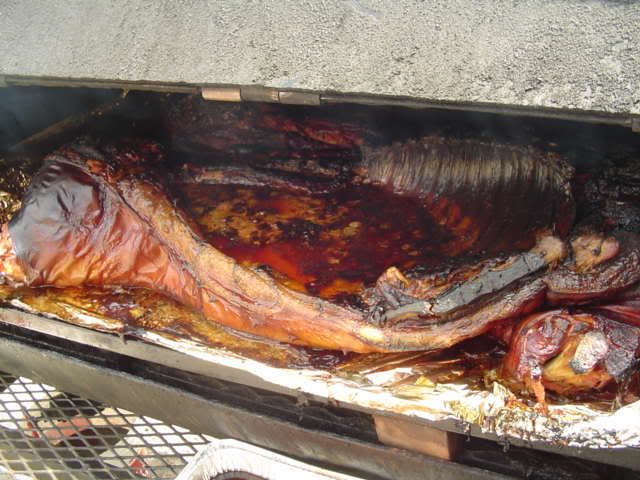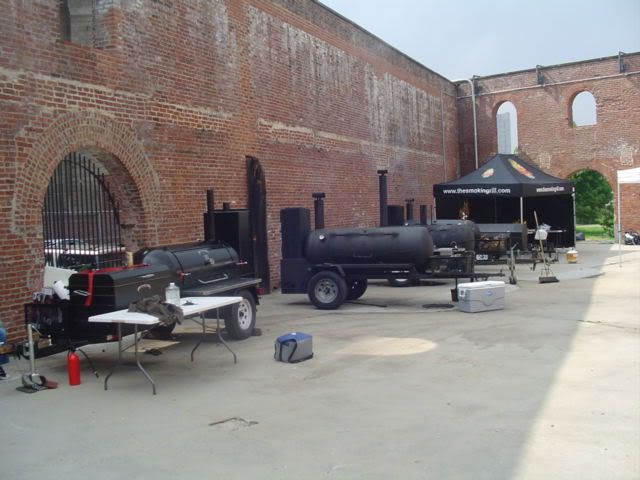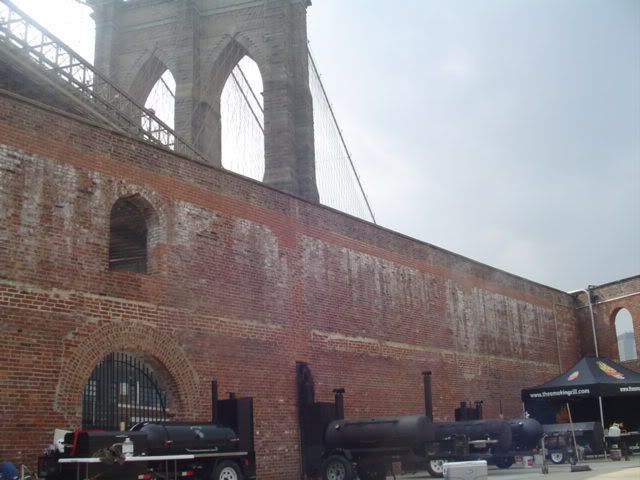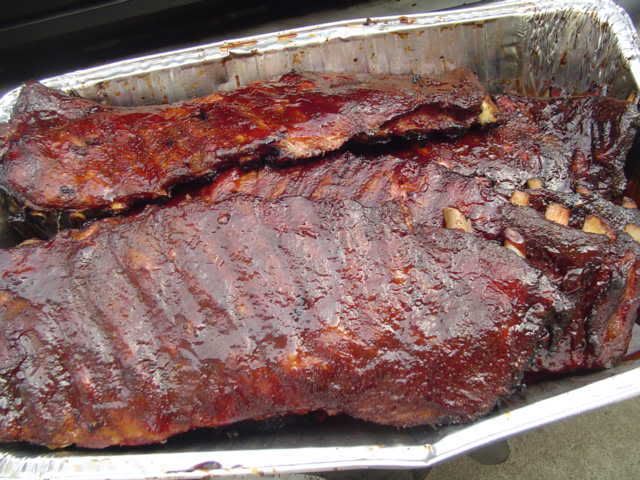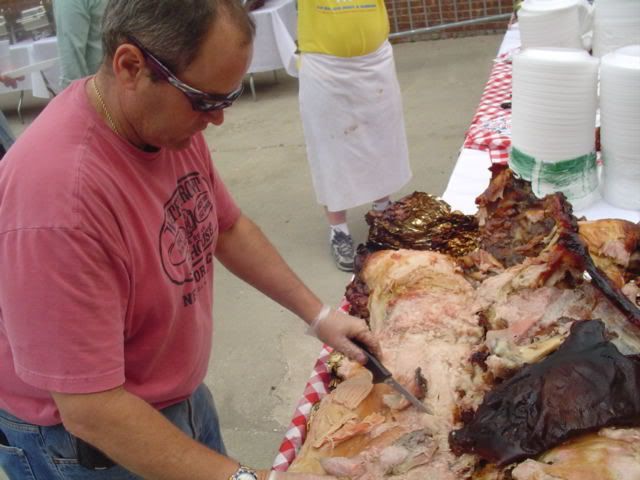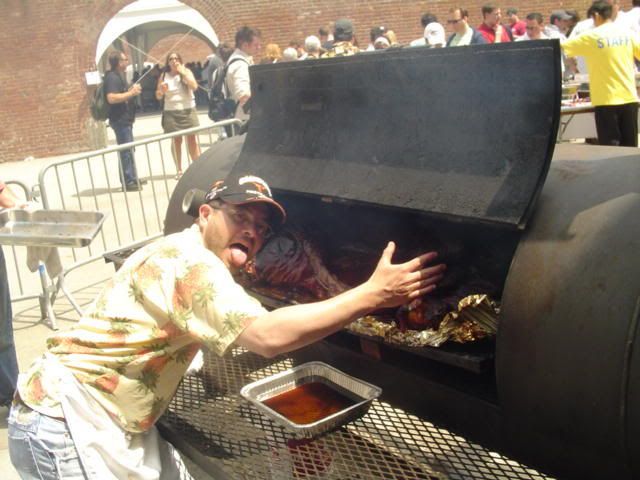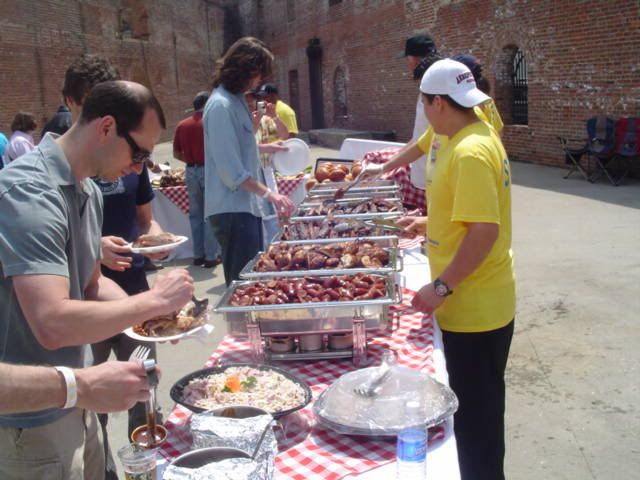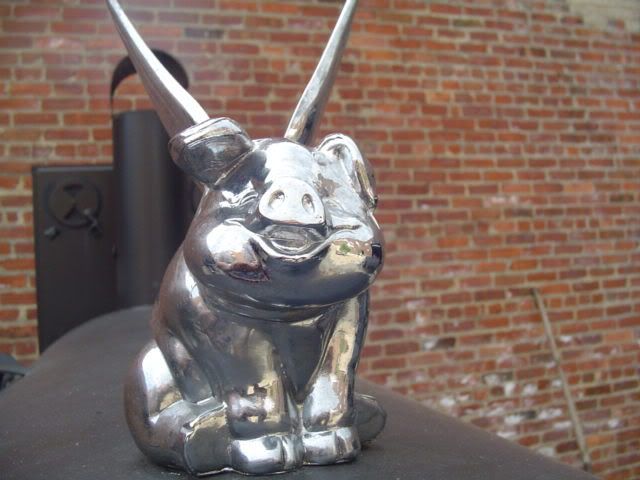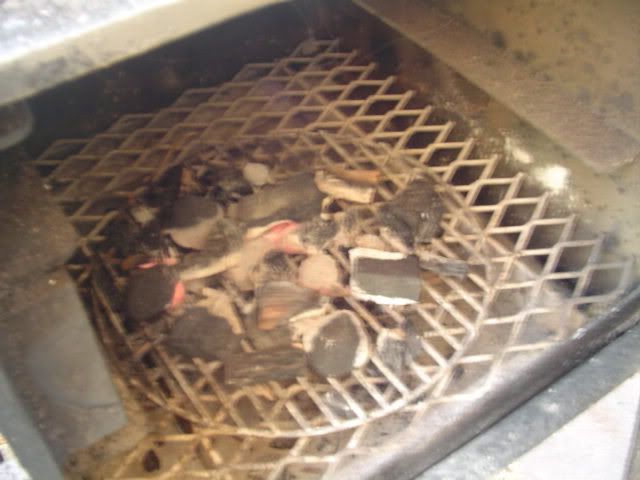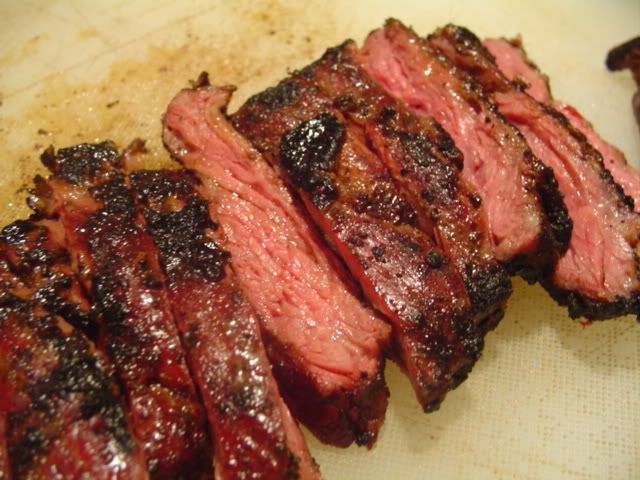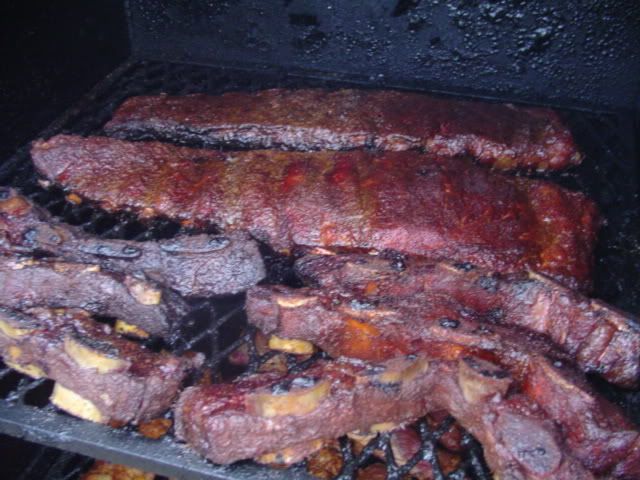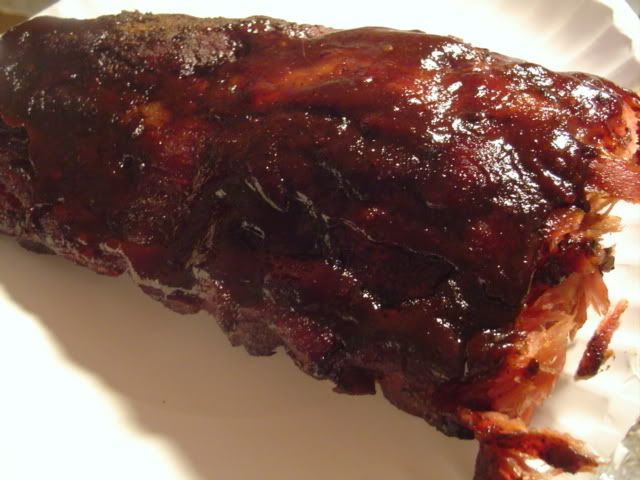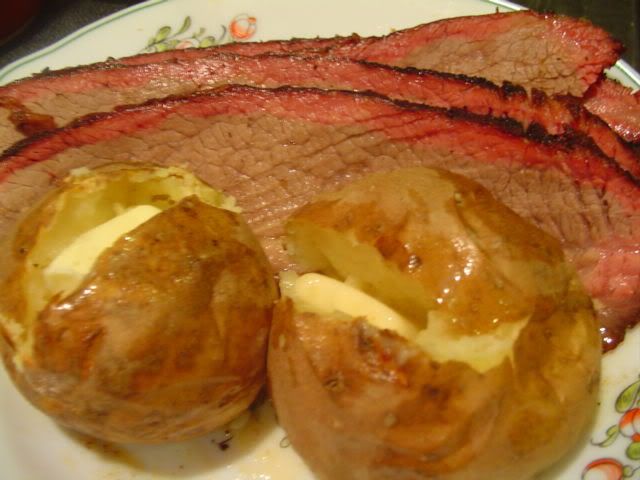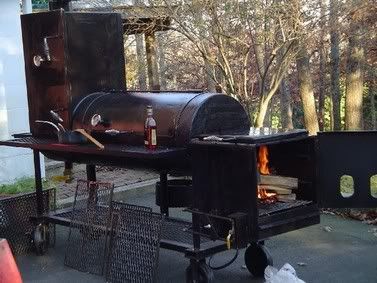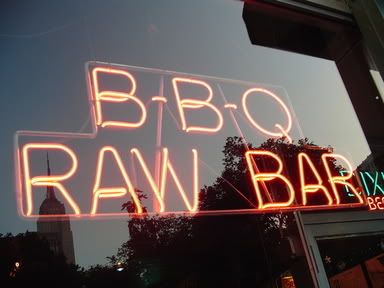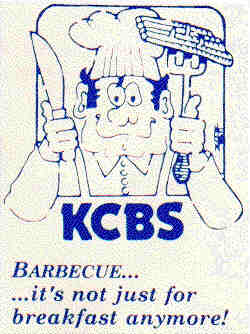Tell it like it is: BackyardChef in the news
A while back I did an interview with an AP reporter about the new line of TEC/Char-Broil grills that are coming to market. The reporter, Elliot Minor was retiring that day after something like 30 years as an AP reporter.
My part in this article was cut down considerably, but it is still cool to be included. Mr. Minor plans to buy and RV and travel the country writing about his experiences. I look forward to reading about them.
Infrared burners are ready to barbecue
By Elliott Minor, Associated Press
ALBANY, Ga. — For a quarter century, chefs at pricey steakhouses have been searing meat on burners that cook with infrared energy. Now the high-temperature technology may be coming to a backyard barbecue near you.
With the expiration of a key patent, major gas grill manufacturers, including market leader Char-Broil, have scrambled to bring infrared cooking to the masses with models in the $500 to $1,000 range. Previously, such grills cost as much as $5,000.
"Infrared is really hot," said Leslie Wheeler, a spokeswoman for the Hearth, Patio & Barbecue Association, an industry group in Arlington, Va. "They're great for searing and then either you turn it down or move over to another burner for cooking."
The grills are still powered by propane and have traditional gas burners that heat mostly by convection — or hot air. But they also can cook foods with radiant heat generated by one or more infrared burners. (Infrared falls between visible light and microwave energy on the electromagnetic spectrum.)
Char-Broil says its advanced burners operate at 450 to 900 degrees, hotter than the 450 to 750 degrees of standard gas burners. And unlike charcoal, which can require 20 to 30 minutes to reach its 700-degree cooking temperature, heat from the infrared burners can be adjusted quickly.
Most leading grill makers, including Solaire, Weber and Whirlpool's Jenn-Air, also offer grills that use infrared.
"It's terrific," said Wheeler, who owns an infrared grill. "Grills nowadays give you many options."
Cooks can sear steaks or hamburgers, steam vegetables and give their meats a smoky taste by tossing a few wood chips onto the burner, said Rob Schwing, a Char-Broil vice president.
"Infrared has done to the grill business what the microwave did to the indoor kitchen," he said. "It's presenting consumers with a whole new way of cooking."
Bill Best, founder of Thermal Electric of Columbia, S.C., developed the technology in the 1960s, primarily to give automakers a faster way to dry the paint on cars. That led to high-end grills for professional cooks and wealthy consumers.
When his patent expired in 2000, grill companies saw a future in America's backyards.
But original infrared burners — and some offered currently to consumers — contained ceramic material that was hard to clean, prone to flare-ups and fragile, Schwing said.
Char-Broil formed a strategic alliance with Best's company to develop a new generation of burners known as the Char-Broil TEC series. The fragile ceramics have been eliminated. They have a layer of glass to shield the burners from drippings and provide even heat distribution.
Seven years after Best's patent expired, those improvements are available at a price more affordable to weekend grillers.
"I think it's significant," said Matt Fisher, who tested one of Char-Broil's grills. "It really brings a whole new technology to the market for most people."
Fisher, who lives in the Ridgewood neighborhood of Queens, N.Y., maintains the The Cook's Kitchen website and a blog devoted to barbecue.
Fisher said gas grills are convenient, but he still prefers wood and charcoal.
Barbecue and barbecue accessories are a $4 billion industry in the U.S., with 17 million grills shipped to retailers last year, a 15% increase over 2005, said the industry association's Wheeler.
Pomona, Calif.-based Cal Spas has been selling high-end grills with infrared burners since 2003. Nicole Lasorda, a spokeswoman for the company, said the faster and more predictable way the burners cook allows people to spend more time relaxing and less time cooking.
"More and more people are barbecuing now and they don't necessarily want to stand in front of the barbecue all the time," she said.
Associated Press writer Doug Gross in Atlanta contributed to this report.
Copyright 2007 The Associated Press. All rights reserved.
Read more!
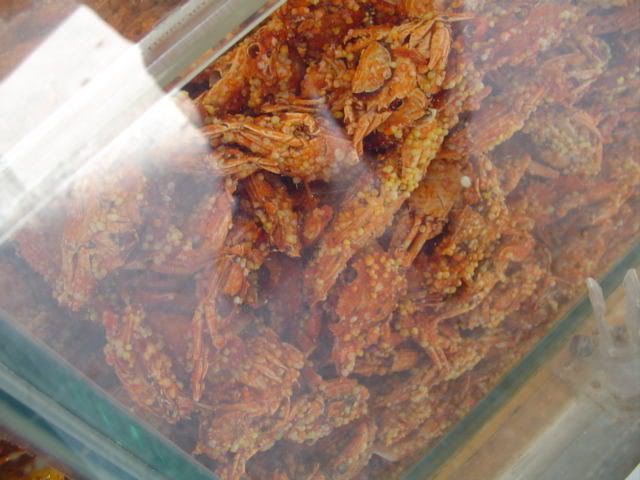




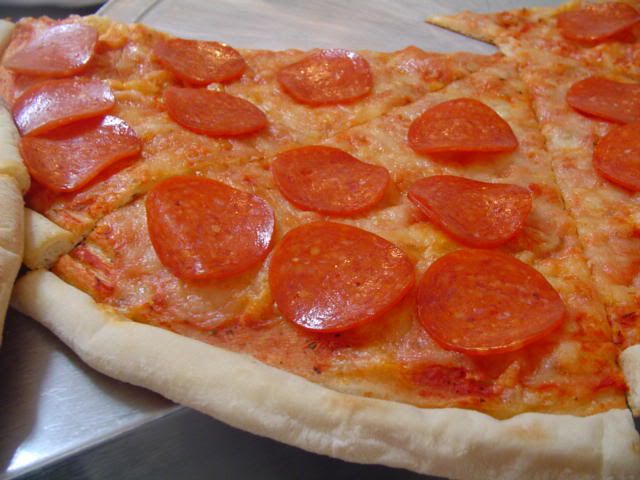



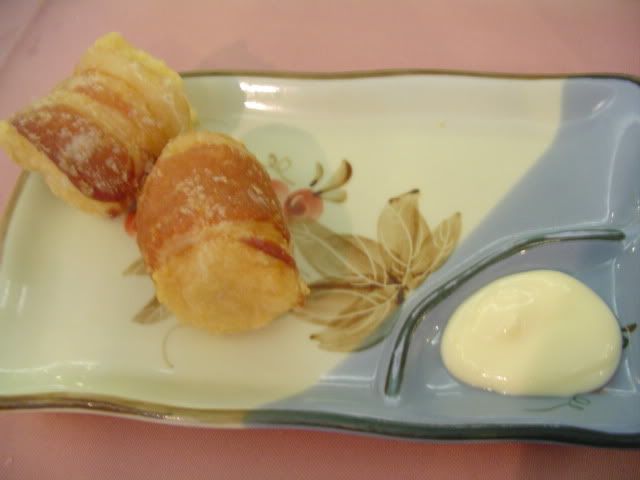
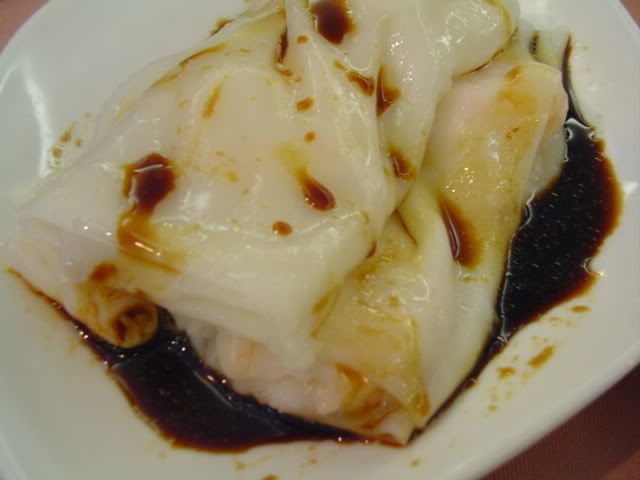




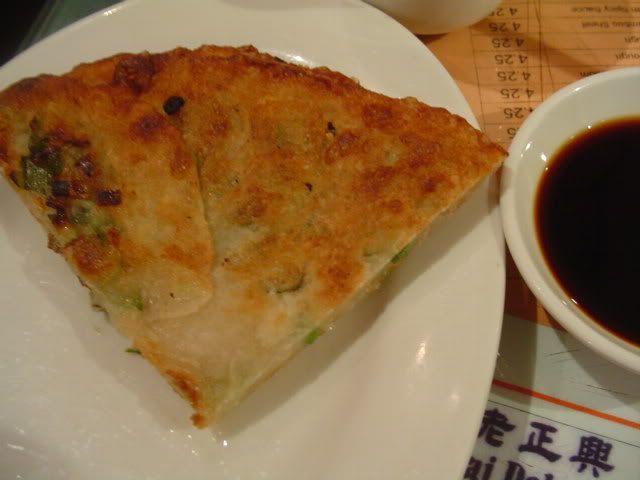

 You might think all the barbecue action in Memphis is at the fairgrounds at Tom Lee Park, but you’d be wrong. Outside the gates of Memphis in May a barbecue tradition awaits 365 days a year. Known around the world for a style that incorporates all the greatest barbecue traditions—wood and coal fire, direct and indirect heat, vinegar- and tomato-based sauce—Memphis has earned its moniker, barbecue capital of the world.
You might think all the barbecue action in Memphis is at the fairgrounds at Tom Lee Park, but you’d be wrong. Outside the gates of Memphis in May a barbecue tradition awaits 365 days a year. Known around the world for a style that incorporates all the greatest barbecue traditions—wood and coal fire, direct and indirect heat, vinegar- and tomato-based sauce—Memphis has earned its moniker, barbecue capital of the world. Kansas City: Where It All Comes Together
Kansas City: Where It All Comes Together